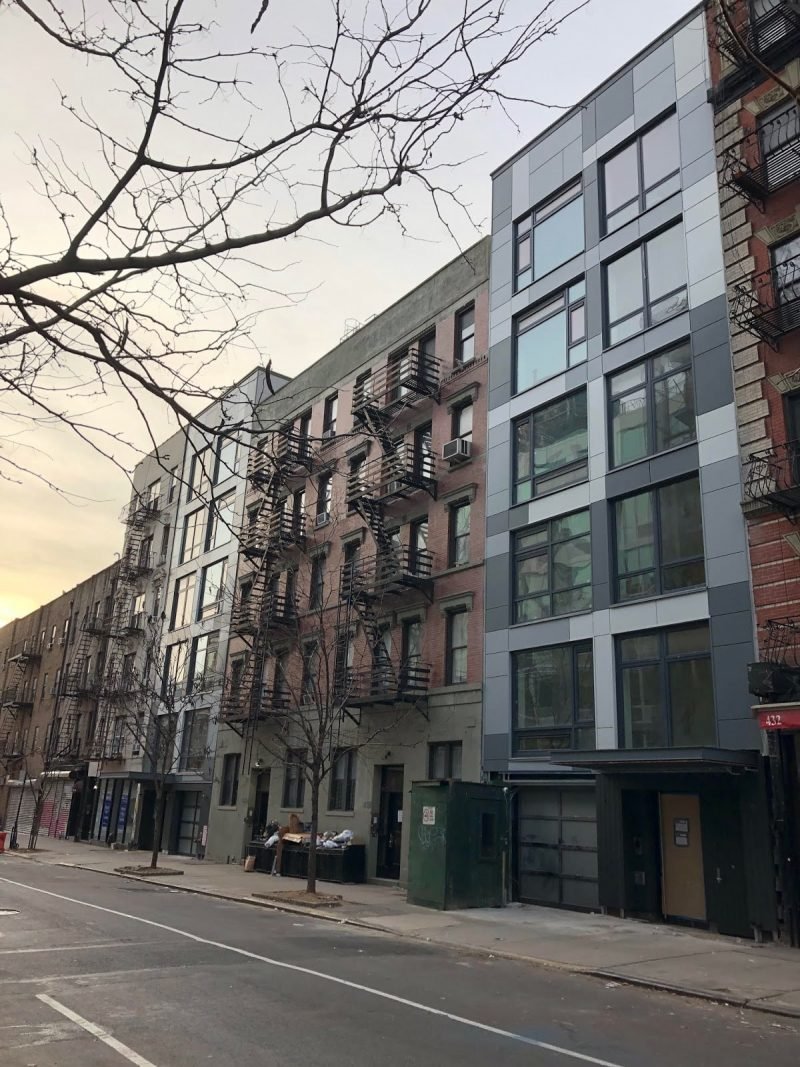Community Mapping
Thanks to hundreds of community-sponsored open space project sites, New York citizens have historically joined together to grow plants and set up green areas on empty lots, keeping up with the great efforts taken by Liz Christy and Green Guerrillas. ‘Community garden’, a term which expresses traditional dependency of two life forms, brought together by common needs and giving benefit to each participant, is just one of the many shapes of the small green clusters scattered around the city.

Historically strictly linked to economical conditions and social health (Green Guerrillas were born in a period of deep crisis), these small, open projects are nowadays a collector of the energies and enthusiasm of the neighborhood, and therefore cannot be measured in strictly economic, social, psychological or political terms.
It is estimated that vacant land in the city measures as much as 15,000 acres, which is almost 18 times the size of Central Park. These empty lots often acted as a catalyst focus for the neighborhood, starting collective initiatives of land recovery under several shapes. The rebirth of nature in most allotment gardens was documented in studies by the Trust for Public Land and various other Open Space advocacy groups, while another very interesting institute is carrying on mapping of these initiatives: the New York City Open Accessible Space Information System cooperative (OASIS).

OASIS is a community-based local organization undertaking the design and test of the first city-wide, web-based, open space mapping resource for New York City:
“OASIS facilitates and focuses the delivery of Geographic Information Systems (GIS) resources to provide timely and accurate information about the green infrastructure of NYC. OASIS is based on the belief that a common, free, open space inventory is invaluable to NYC’s greening and planning communities. In NYC and across the Nation, GIS and other GeoData Systems are critical planning tools for enhanced spatial visualization and data analysis.”
OASIS is one of the many interesting planning tools which provide a richly layered map of land use patterns. But unlike for profit real estate mapping sites, it provides free access to its data. It is interesting to notice that the OASIS system launch dates back to 2001 and nowadays collects information from over 60 sources. Its long history and its layer-based structure qualifies the system as one of the most evolved ancestors of contemporary geo-localization resources. An in-depth review of the system can be found in this article on Urban Omnibus.



